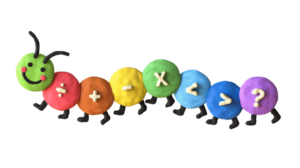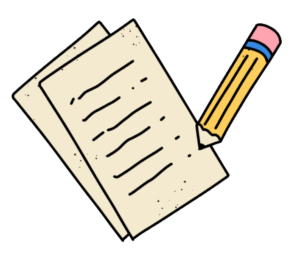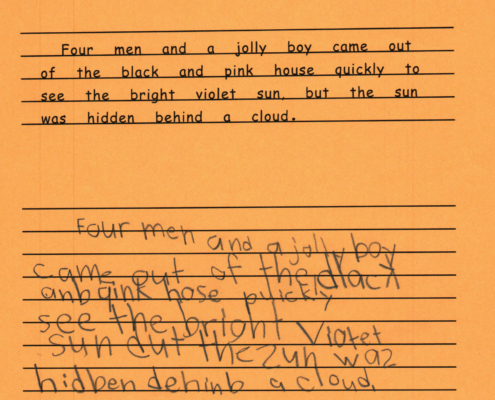Do you remember how you first learned about Vision Therapy? It probably doesn’t surprise you that most people don’t know it exists until they or someone they know is participating in it themselves. So, what about all of the children who are suffering from learning difficulties and parents and schools can’t explain why? Dr. Heike Schuhmacher’s book titled Vision and Learning, gives a detailed yet reader friendly description of vision and hearing problems that do affect a population of students in negative ways. There is hope though as she shares her knowledge in this field that can affect the lives of these kids and those who care for them.
Dr. Schumacher’s experience as a primary care and family physician who specializes in pediatric developmental disorders has allowed her to utilize different therapies with her patients. The emphasis of her therapies has been Vision Therapy. In fact, she was the first German physician to become a Fellow of the American College of Optometrists In Vision Development (COVD).
Visual and Auditory Systems Work Together:
Many of us take our senses for granted. Perhaps you have been blessed with outstanding functional vision and auditory skills as expressed by a pediatrician or from a school screening. Maybe you get by okay although words appear a little blurry from time to time or we mishear what someone says. Imagine a child trying to read a book if the letters look double, or trying to make friends but can’t understand what others are saying. What if that child also got headaches every time they had to read or write and couldn’t follow the directions spoken to him as was expected. This is usually the point where educators and parents become worried. Families are looking for answers but in many cases are altogether uninformed or under informed about the key roles the visual and auditory systems have on learning.
Vision
“Vision is the brain’s way of touching the world” is the belief of the French philosopher Merleau-Ponty. So much of our abilities to learn, experience, perceive, and understand our world is through vision. With that being so, it is important that each part of the visual system can work optimally. Dr. Schumacher includes in her book the cybernetic model of perfect vision created by Arthur Marten Skeffington, the father of developmental optometry. This model showcases how four different visual functions need to work together to make proper vision possible. Those functions are: visual acuity/focusing, binocular vision, eye movements, and processing of visual perception. To simplify, here are a few real life struggles students may display with these functions plus body awareness and motor skills:
- Visual acuity/focusing: focusing clearly when looking near or far
- Binocular vision: fusing visual impressions from both eyes into one image, having optimal 3D vision at all distances,
- Eye movements: maintaining a steady fixation on a point, visually tracking an object in all directions with control, following a line of text accurately
- Processing of visual perception: perceiving at one glance a number or letter combination or an entire word, successfully storing and recalling the combination and sharing it verbally and in writing
- Body awareness/motor skills: fine motor skills, graphomotor skills, eye-hand coordination, knowing where right and left is on his own body and on others
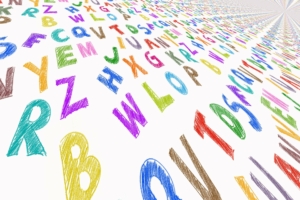
Hearing
When students are at the stage of learning to read and write they rely on their ability to process language as they hear it and also when they speak. This can induce reluctance and resistance in students who have Central Auditory Processing Disorder (CAPD). Phonological awareness and auditory working memory are 2 key skills that Dr. Schuhmacher mentions are impacted. She further gives a list of symptoms experienced by students with CAPD, some of those include:
- Noticeable noise sensitivity
- Asks questions for reassurance
- Problems in following directions
- Often looks to see what others are doing
- Pronunciation errors persist for a long time
- Confuses words that sound alike: them/then, fish/dish, head/bed
- Actions do not correspond to the content of the task instructions
- Poor auditory memory, both in duration and sequence (unable to recount sentences, stories, or task instructions or to spell out longer words)
Working Together
Without a doubt, children with visual disorders as well as auditory processing difficulties are going to struggle in school. Getting the visual and auditory systems thoroughly tested is the first step in identifying the child’s challenges. Dr. Schuhmacher encourages students who have auditory processing and speech disorders to get assessed by a developmental optometrist. Vision therapy can help those students and any student with learning difficulties to increase and enhance the connection between the eyes and the brain to help with many school subjects including: reading, writing, spelling and math. Neuroscience is now telling us that parallel sensory systems like the visual and auditory systems can have complimentary benefits on each other when one is being remediated through a therapeutic/treatment process.
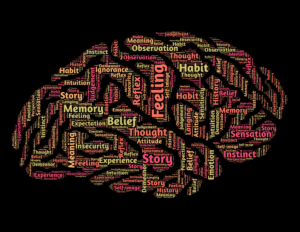
Conclusion
“Comprehensive Testing of all relevant visual and auditory functions is essential for all school children with learning problems,” Dr. Schuhmacher states in bold print in her book. School screenings are not enough to make sure kids are equipped with the skills they need to succeed in school. Developmental optometrists, pediatric audiologists and speech/language pathologists can administer assessments to identify any problems and create plans to improve them. Doctors, teachers, and you with the knowledge you have of these struggles can change the trajectory of your child’s schooling.
If your child is experiencing troubles with learning we want to help! Contact us at Nebraska Visual Integration Center to help determine if a functional vision evaluation may benefit your child, to get more information, or simply to ask any questions you have about vision and learning. You can reach us by phone at 402-502-0043 or by email at [email protected]
We look forward to hearing from you!
Resources:
Vision and Learning: A Guide for Parents and Professionals
by Heike Schuhmacher M.D.





